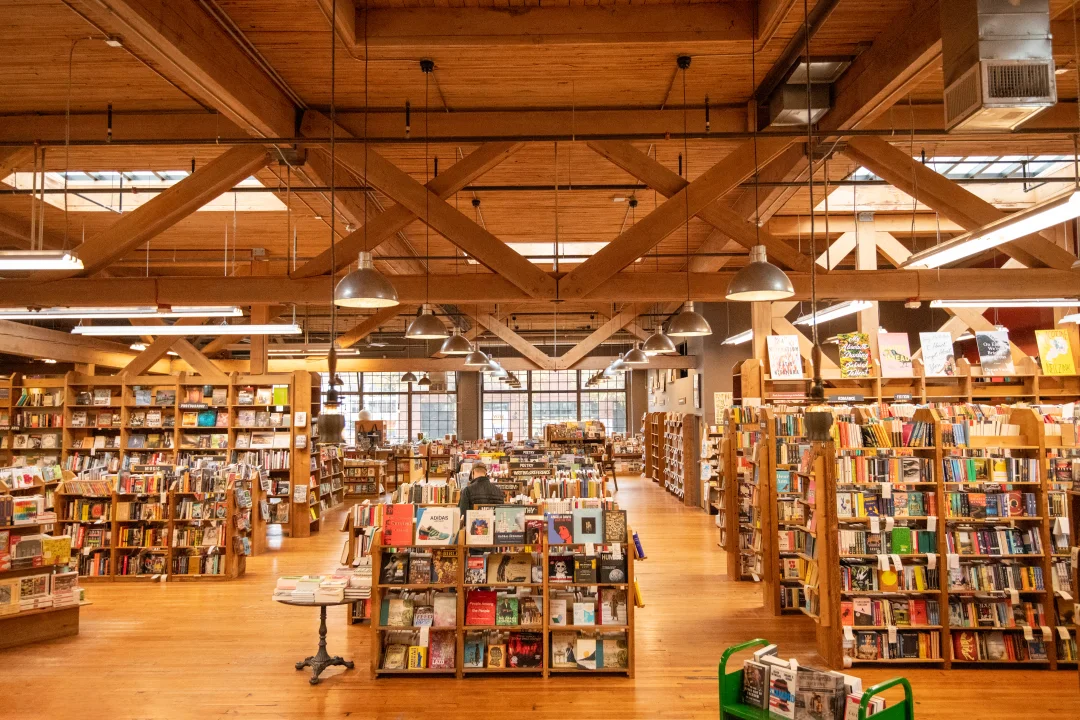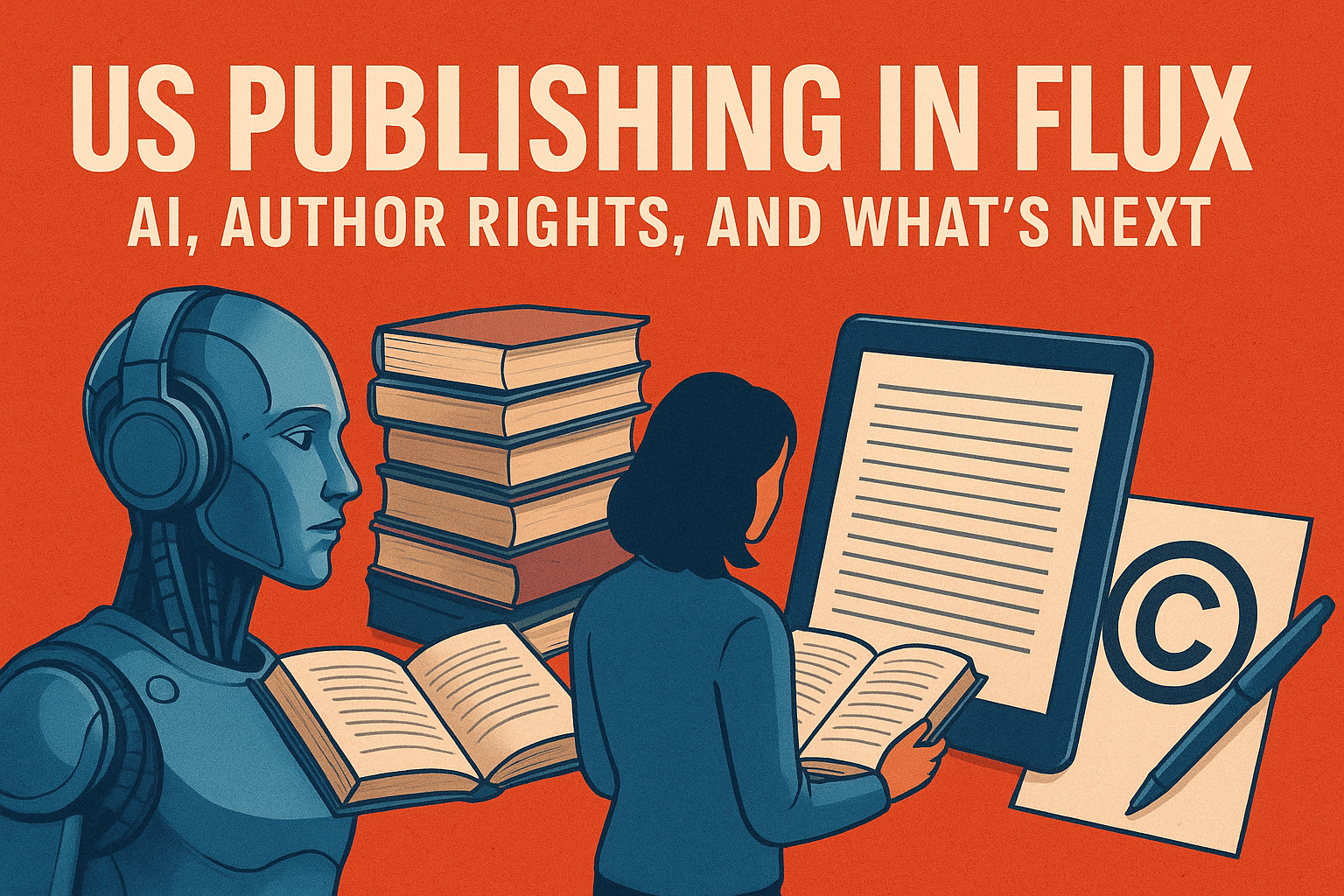10 Tips for Selling Your Self-Published Book to Bookstores

Yes, self-published authors can sell their books through independent booksellers. The days are long over when the bias against self-published books as being of inferior quality made bookstore owners hesitant to put books by self-published authors on their shelves, and there are good reasons for that.
Here are two of the most important:
- Self-published authors are writing more compelling, better-researched, and better-edited books.
- Self-published authors have improved the quality of their books to make them competitive with traditionally published books in terms of paper quality, interior layout and design, cover design, spine quality, print quality, and so on.
Still, book quality aside, other factors have to be considered if you want to see your book up on a bookstore shelf. For starters, keep in mind that selling books is the main concern of independent booksellers, regardless of how some of them may harbor a degree of romanticism where books are concerned.
So here’s the scenario you have to work with: You need to sell your book to bookstores. Bookstores need to be able to sell your book.
In this article, we’ll look into what you can do to make that happen.
How to Sell Your Self-Published Book to Brick-and-Mortar Bookstores
It’s not an easy task, selling your book to bookstores, considering that it’s not the only task you will have to tackle in your writing/self-publishing journey. But it should be an undertaking that leaves you with a better understanding of the book market, a deep sense of accomplishment, and strategic and meaningful connections.
Here are our tips for successfully selling your book to a brick-and-mortar bookstore:
1. Offer a quality product.
This needs to be emphasized. Because all the tips that follow would be in vain if you don’t have a quality product to pitch in the first place. Having written a quality book is the first step to just about everything related to being published and selling your book. The good news is, if you feel that your self-published book can still be improved, you can do so. In fact, you can roll out as many new editions as you want and modify your book between editions if you need to correct a mistake, adjust your tone, provide an update, and so on.
2. Understand how the book market works.
Performance on Amazon.com is a nonfactor in getting your book on the shelves of the brick-and-mortar bookstores. If this is news to you, know this: Amazon is the biggest competitor of your local indie bookstores, along with other similar online booksellers. If your book is published via Amazon Kindle Direct Publishing, indie booksellers are likely to refuse to stock your book on their shelves since book sales generated through them will end up giving their biggest competitor a profit boost.
3. Become a customer and cultivate relationships.
Forge a relationship with the bookstores you want to pitch your book to. This can take time, because trust often takes time. This also requires you to do your research before approaching a bookstore owner. Know their background. Know what kinds of customers patronize their store and the types of books they promote and sell. Check out the bookstore’s social media accounts to see what kinds of author events they like to host.
While doing all this research, you should also become a customer. Then recommend the bookstore to friends, family, and your readers. This helps pave the way for a conversation that initially introduces you to the owner and allows you to learn more about their bookstore — how it’s run, what their short-term and long-term plans are in terms of marketing, growth, collaborations, and the like.
The idea is to learn as much as you can about your local bookstore, support it, and allow the owner to get acquainted with you before you broach the subject of selling them your book. Not only are you helping to keep your local bookstore in business, but you are also putting into play a great business practice.
With evolving business models for bookstores and the options now available to readers, independent bookstores have evolved beyond being simply a place that sells books. Indie bookstores have become community hotspots: they support their local communities; design publishing programs; create, publish, and sell their own unique content; and host author events, as well as participate in other events.
What does all these mean for you?
For one, it gives you options when it comes to the roles that your book can play in supporting the bookstore that sells it and the communities that this bookstore belongs in. When you finally make your pitch, use the information you have researched, including pointing out which of their customers would be interested in your book. Be sure to highlight the possibilities your book has to offer. For example, if your book is about helping children process and heal from trauma, then you can propose activities like seminars/talks with parents, school counselors and teachers, and child psychologists, as well as activities involving the children themselves. Clearly outlined scenarios and proposals can go a long way in helping you secure a deal that can evolve into a meaningful collaboration that goes beyond business.
4. Know whether a given bookstore caters to your demographic.
Knowing your audience is key to finding the right bookstore to pitch your book to, and that knowledge should be one of the highlights of your pitch. When evaluating your book, a bookstore owner will consider whether it will be something their customers will want to read, so be sure to provide an accurate overview of your book.
If your book belongs in a highly specific, or niche, genre (e.g., cat photography, tarot cards, vegan baking, etc.), be sure to look into niche bookstores as well.
5. Sell your book at a discounted price and make it returnable.
The book industry is a returnable industry, meaning bookstores will expect to be able to return unsold copies and get a credit for their return. One way to ensure that bookstore owners put your book on their shelves is to offer it as discounted (say, a 55% wholesale discount) and returnable. A bookstore will not likely buy a large number of copies from you the first time around. At this time, your book is still on a trial run — for the book owner to see if it will sell before they take on a few more copies.
On the subject of quantity, as a self-published author, you can’t go wrong with a print-on-demand service. A print-to-order setup is a cost-effective way to get your book out there, and you are likely to sell your book to bookstores if you work with a distributor that has return capabilities. Again, a quick reminder that Amazon KDP publications generally don’t make it to the shelves of independent bookstores because of the competition and because Amazon KDF doesn’t offer returns.
6. Make sure your book is easy to shelve.
Whether or not a book is easy to shelve is a consideration that self-published authors have to take very seriously. Bookstores should be able to easily shelve your book — meaning your book should be just the right amount of unique instead of so unlike anything else that it’s practically impossible to determine where it should go on the bookstore shelves.
Nevertheless, that doesn’t mean you can’t write about an esoteric topic, especially if it relates to your profession or a hobby that you have invested a substantial amount of money, time, and effort in. It also doesn’t mean that you can’t package your book in a startlingly distinctive manner. If you feel that your book may just be one of a kind, then be prepared to do the legwork and visit plenty of stores and libraries to determine which topics and genres could point your prospective readers to your book.
Bear in mind that you are self-publishing, and while you can put together a team to help you out, it is still largely up to you to determine how people will actually discover your book. With a very unique book, whether in terms of subject matter or the manner in which it is labeled or packaged, know that you will encounter refusals, and that will be mostly thanks to your choices. Booksellers won’t want to take on books that stand out from the rest for the wrong reasons.
You can avoid this scenario by being willing to make adjustments, without necessarily sacrificing the core characteristics that make your book unique. For instance, visit your local bookstores and have a good look at the trim sizes, cover imagery, and interiors of the books they sell. You don’t need to modify your book to make it look and be exactly like the ones already on display; rather, take note of any genre-specific themes and adopt them. Most likely, they exemplify industry standards for a given genre, which means you can’t go wrong with using them as a starting point for calling attention to your book.
7. Tag your book with the appropriate retail price.
For this tip, market research is required. Have you done yours yet? It’s about time you did, because you need to be able to appropriately price your book. To do that, you need to know how books are priced. For example, premium pricing is reserved for books that fall in the manual and textbook category, which are either not in great demand or specifically in demand within a certain field or industry (books like these are called destination books by some people). On the other hand, books that are fluff or something that people would buy on impulse would be sold at a lower price.
Make sure that your book fits nicely in its category but stand out in terms of quality. You don’t want to give prospective buyers/readers the wrong impression. Your market research should enable you to identify the titles that your book would be compared with and then come up with a competitive price.
8. Make it easy for bookstores to order your book.
In your pitch to a bookstore owner, you should be able to guarantee a reliable supply source, so that if they sell your book, they shouldn’t end up scrambling for copies if your book sells much faster than anticipated, or in times of a sales boost, thanks to author events or a pertinent but unanticipated event.
It pays to offer convenience. To do that, use a reliable distributor. Being able to order, sell, and invoice your book in bulk makes things so much easier for bookstores, and makes them easier to convince to take on your book.
9. Guarantee publisher/author support through marketing.
Designing and executing a smart marketing strategy is a vital part of self-publishing and selling your self-published work to bookstores. A sound marketing plan should be part of your pitch. Booksellers are only supposed to sell your book, not market it. But without a well-considered marketing plan, your book wouldn’t be bringing the biggest possible number of people into the bookstore, which would not be an ideal scenario.
Make it clear right from the start that you are prepared to provide the necessary marketing support to help the bookstore sell your book. Then set your plan in motion. If you’re a first-time self-published author, family and friends are often a great place to start marketing your book to. As we have suggested in tip #3, becoming a customer of the bookstore you want to pitch to and then getting people within your circle to patronize said bookstore is a great way to start cultivating a relationship and prove that you’re on the right track where your marketing strategy is concerned — especially your friends and family start asking about whether the bookstore is selling your book.
10. Create an author page on Bookshop.org.
You’ll want to have an author page on Bookshop.org because they will donate their profits to a local bookstore of your choosing. Giving people the option to buy your book through Bookshop.org is another way you can support local independent bookstores and empower them in the role they play in local communities.
Your author page can also come in handy for generating a readers mailing list, which is a great tool for marketing and building a relationship with your readers.
The Takeaway
Selling your self-published book to a brick-and-mortar bookstore entails research (background research on the bookstore and its patrons and market research), a solid marketing plan, reliable distribution, relationship building, and becoming part of a community, thanks to the evolution of bookstores into active members of the community they belong to. As a self-published author, know that you need to sell your book, and to do that, you have to perform other tasks aside from writing your book.




